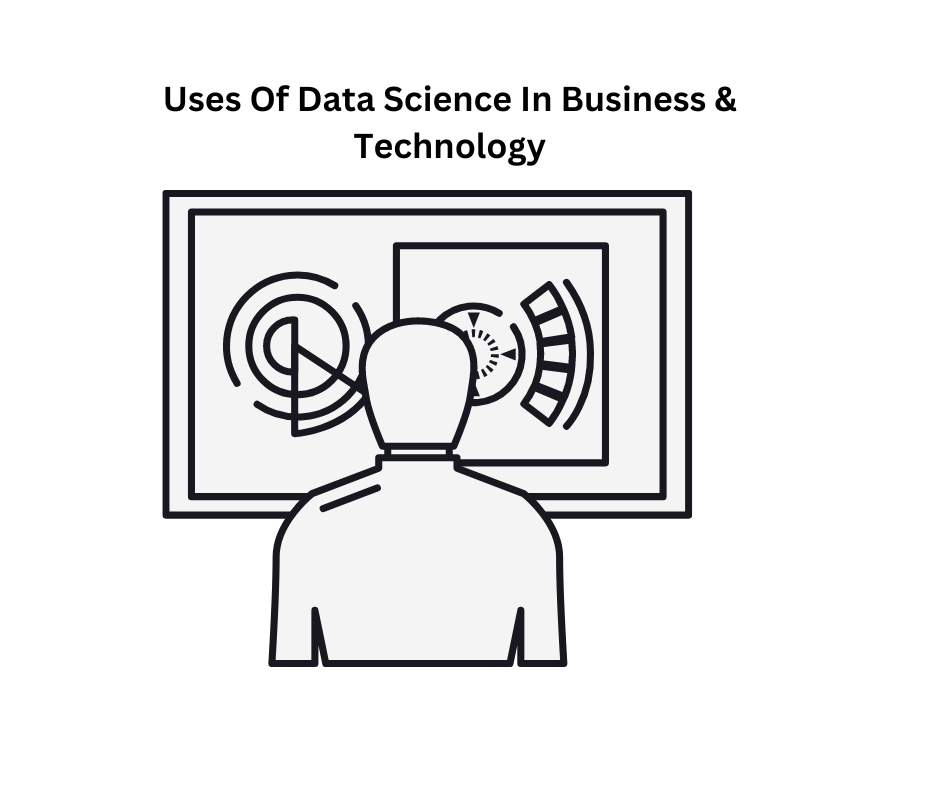In the ever-evolving landscape of human resource management, attendance tracking has seen remarkable advancement. Traditionally, it involved manual processes, punch cards, and timesheets, often leading to inaccuracies and inefficiencies. However, the emergence of technology has ushered in a new era in attendance management, with geofencing and GPS taking centre stage. This guest post explores how geofencing and GPS technologies reshape attendance and leave management within HRMS (Human Resource Management System).
The Role of Geofencing and GPS
- Understanding Geofencing: Geofencing is a location-based technology that creates virtual boundaries around real-world geographic areas. When an employee enters or exits these predefined boundaries, the system records the event. This feature has tremendous potential for tracking attendance. It can be applied to various scenarios, such as tracking attendance at a physical office location or even in the field for remote or mobile workers.
- Leveraging GPS Technology: Global Positioning System (GPS) is now a household term, thanks to navigation apps and location services. Within HRMS, GPS plays a crucial role in attendance management by pinpointing the exact location of an employee. This technology is particularly useful for organizations with a mobile or dispersed workforce. Using GPS, businesses can monitor attendance at multiple locations with remarkable precision.
The Benefits of Geofencing and GPS in Attendance Tracking
Integrating geofencing and GPS in HRMS offers numerous advantages, particularly for businesses looking to enhance their attendance processes. Here’s how these technologies are driving improvements:
- Real-Time Accuracy: Geofencing and GPS technologies provide real-time attendance turnout. Unlike manual methods that require extensive data entry and reconciliation, geofencing and GPS allow employers to view attendance updates instantly. This means fewer errors and more accurate records.
- Enhanced Accountability: Employees are accountable for their attendance with geofencing and GPS. These technologies deter time fraud or buddy punching, where one employee clocks in for another. By accurately recording an employee’s presence based on location, it ensures that the right person is at the right place at the right time.
- Geographically Flexible: Geofencing and GPS can cater to diverse attendance needs for organizations with employees in various locations or those adopting flexible work arrangements. Whether your employees work from a central office, multiple offices, client sites, or remotely doesn’t matter. These technologies can adapt to your business model.
- Compliance and Reporting: Attendance and leave management is about payroll accuracy and compliance with labour laws. Geofencing and GPS help organizations stay compliant by providing precise data on when and where employees work. This makes reporting and audits more straightforward.
- Employee Empowerment: Employees also benefit from these technologies. They no longer need to keep track of their working hours or punch in and out. Geofencing and GPS offer a seamless, hands-free attendance tracking experience. This can lead to improved job satisfaction and morale.
Implementing Geofencing and GPS in HRMS
While the benefits of geofencing and GPS in attendance management are clear, implementing these technologies requires careful planning. Here are some steps to ensure a successful integration:
- Define Your Needs: Identify your organization’s attendance and leave management needs. Do you need to track attendance at a fixed location, or is a mobile and flexible system required? Clearly outline your objectives.
- Choose the Right HRMS: To leverage geofencing and GPS, you need the right HRMS system. Ensure it can integrate with these technologies and be customized to your unique requirements.
- Employee Training: Although geofencing and GPS streamline attendance, employees should be informed about these changes. Provide training to help them understand how the system works and how it benefits them.
- Data Security: Address any privacy concerns. Collect only the necessary data and assure employees that their location data will be used exclusively for work-related purposes.
- Continuous Monitoring: Regularly monitor the attendance management system to ensure accuracy and efficiency. Make necessary adjustments as your organization evolves.
Key Take Away
In conclusion, geofencing and GPS technologies significantly advance attendance tracking within HRMS. They offer real-time accuracy, enhanced accountability, and geographic flexibility while ensuring compliance and employee empowerment. By thoughtfully implementing these technologies, businesses can reshape their attendance-tracking processes, making them more efficient and effective. Embracing geofencing and GPS is more than just a step into the future; it’s a leap forward in optimizing HR management.




